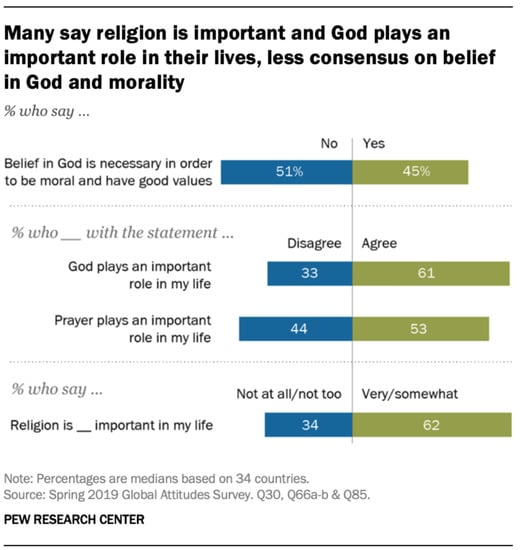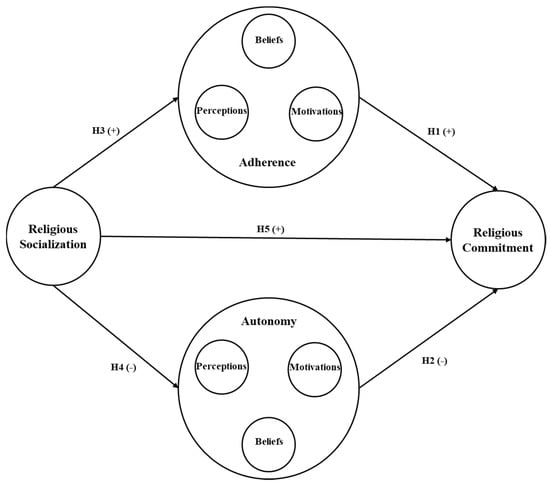Religions 2023, 14(1), 70; https://doi.org/10.3390/rel14010070 - 4 Jan 2023
Cited by 7 | Viewed by 5315
Abstract
The Nigerian social, public, political and religious landscapes have changed significantly over time with the emergence and proliferation of Pentecostal megachurches. The majority of these churches are structured and characterized with a peculiar missional focus, ritual, religious and ecclesiastical distinctiveness. Many of these
[...] Read more.
The Nigerian social, public, political and religious landscapes have changed significantly over time with the emergence and proliferation of Pentecostal megachurches. The majority of these churches are structured and characterized with a peculiar missional focus, ritual, religious and ecclesiastical distinctiveness. Many of these Pentecostal megachurches have been criticized for their economic motivations, exploitation and commercialization of the Christian faith. However, Nigerian megachurches are ‘Progressive Pentecostals’ on the basis of their sustained commitment to diaconal services towards the development of their communities. Divergent views have emerged over time in relation to the nexus between religion and development. This study argues that religion is one of the motors of development in Africa; this challenges the Western secular framework of development. Hence, the study examines development from below, using the diaconal services of the Redeemed Christian Church of God (RCCG), a Pentecostal megachurch that illustrates the importance of faith-based organizations’ roles in development. A descriptive research method is employed in the study with social capital theory and pneuma-diaconal mission theory to examine the concept of development from below. This study concludes that faith-based organizations such as the RCCG‘s social responsiveness contributes to the overall development of its various communities.
Full article
(This article belongs to the Special Issue Diaconia and Christian Social Practice in a Global Perspective)




